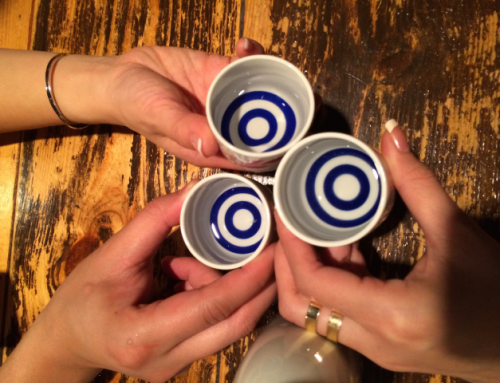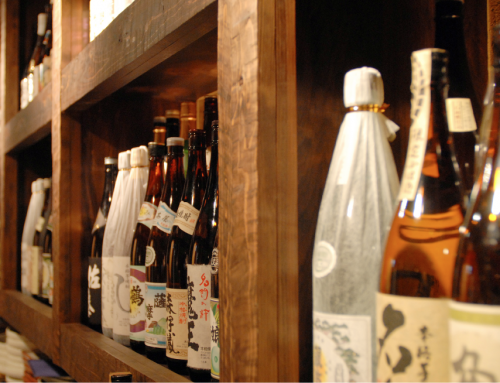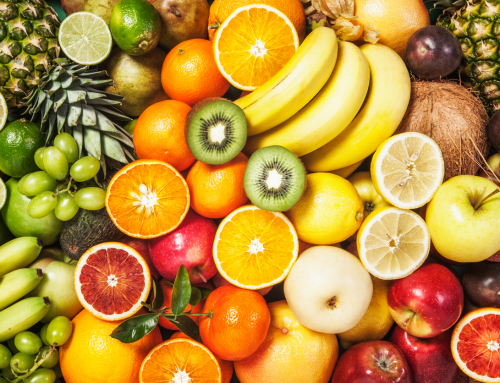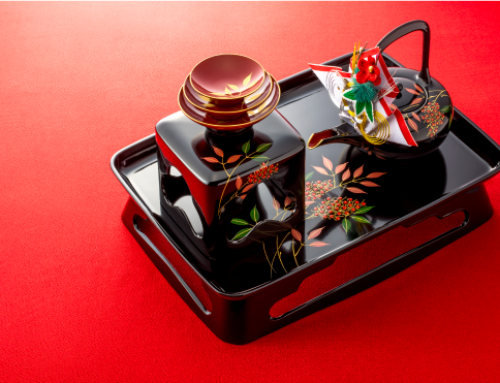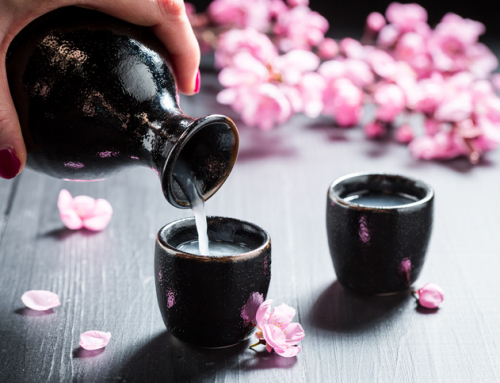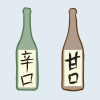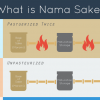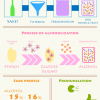You will be able to enjoy sake even more by knowing the terminologies of sake that you see and hear at restaurants and liquor stores.
This time, we will introduce the word “kire” that is often used to describe sake.
What is “Kire” of sake?
✨本日入荷✨
青森を代表する日本酒
田酒(特別純米酒)🍶
が入荷致しました!キレの良い飲み飽きしない純米酒
暑い日に冷酒でクッと1杯いかがですか?🍶😍#日本酒
#和食
#飲み会 pic.twitter.com/fWzpu2nuoK— 個室会席 北大路(有楽町店) (@KitaohjiY) July 15, 2020
Generally, it is often used in conjunction with the terms “tanrei” and “dry” such as “tanner, dry, and has kire”, but it is not only dry sake that has it.
There are also cases where sake is “sweet and has kire” and “rich and has kire”.
In addition, even for sake where its taste slowly dissipates, we sometimes use the expression “good kire” to refer to the beautiful aftertaste.
Since sake with kire have the effect of refreshing the mouth, it seems that there is also an advantage that you can taste the next dish more deliciously by taking sips between dishes.
Compared to wines that are evaluated by the length of their aftertaste, sake tends to be evaluated for its kire.
The unique aspect of assessing the taste right before it completely dissipates may be one of the very Japanese values.
So, what does it exactly mean when sake has kire?
西條鶴 純米吟醸酒 夏まつり
仕入れました〜✨
キレの良い酸味ですっきりと頂けるお酒です🍶
このラベルを見るとこれから来る夏にワクワクします。今年はこのような情勢なのでお祭り等のイベント開催は難しいですが、気をつけつつ心持ちは楽しく過ごしたいですね😊#西條鶴 #西條鶴醸造 #日本酒 pic.twitter.com/hK1IDHGB4t— かほ店主@SAKEbar古風路 (@SAKEbar526) July 13, 2020
Sake with kire is born in connection with food.
And in order to improve it, the quality of the “umami” of the sake is important.
Furthermore, it is born on a different scale from the “taste tendency” such as dryness and sweetness. Some sake is sweet with kire, and some are dry with kire.
Now, let’s sort out the phenomenon of kire.
1) Eat a snack
First of all, eat a snack. Then, the “umami” of the snack will spread in your mouth.
2) Swallow the snack
The “umami” should still dominate your mouth even after you swallow it.
3) Put sake in your mouth
Next, put sake in your mouth. Then, the taste and umami of sake and the umami of the snack that still lingers in your mouth will mix and “match”.
It is a state where the taste of sake and the taste of the snack are fused, and the synergistic effect fills the mouth with “umami”.
4) Swallow sake
5) “Kire” occurs
After swallowing, neither the snack nor sake will be left in your mouth.
It has been thoroughly washed off, leaving no aftertaste. This is the “sake with kire” state.
Conclusion
How was it?
“Kire” is like an engine that spins the cycle of food → sake → food → sake.
It is a “taste characteristic” peculiar to Japanese sake that creates a state of “mellow but never-ending”.
Sake combines with food to make it even more delicious. This “kire” may be the bridge that connects food and sake.
Please enjoy your favorite dishes along with sake that has “kire”.

